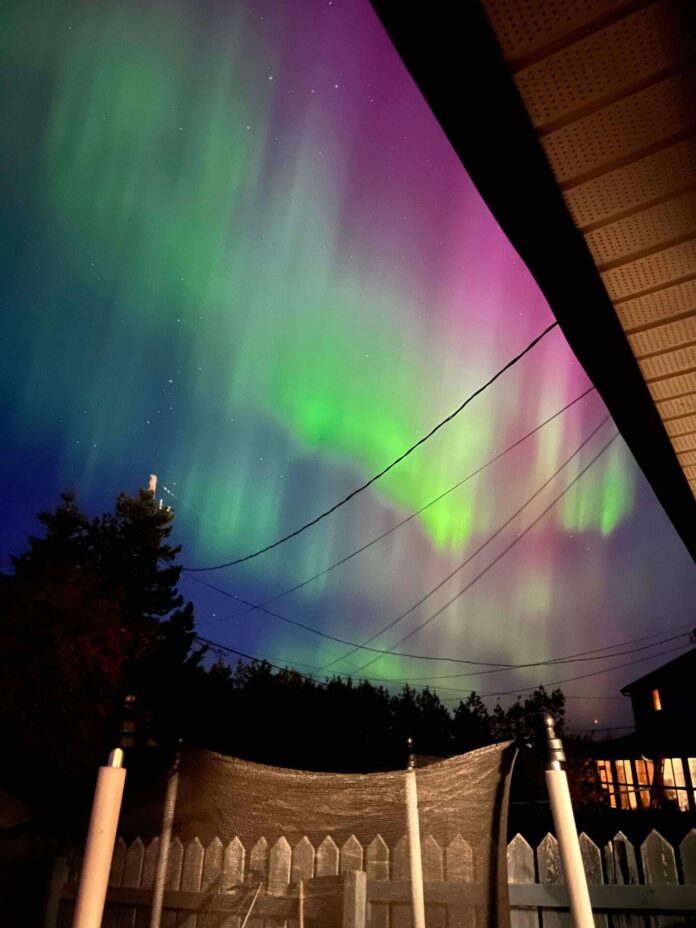The skies were alive above Grande Prairie on the evening of October 10th, with the Northern Lights twinkling over the Swan City.
Executive Director of the Royal Astronomical Society of Canada Jenna Hinds explains that the show was magnificent due to several factors, mainly the planet’s being in a period of solar maximum.
“We are in a period of solar maximum right now, I believe the maximum is in 2027, so the sun goes through cycles of not being very active to very active, so we’re getting to that peak of it being very active,” she says. “That means things like solar storms, coronal mass ejections are happening on the surface of the sun, stuff is being ejected from the sun, and that stuff comes towards Earth, and that’s what creates the Northern Lights.”
Hinds says the Aurora is fairly common for the Grande Prairie region this time of year; however, interestingly, this time around, the lights managed to reach the south of the country.
“With Northern Lights activity, there’s usually a band that it occurs in, and it’s in somewhat northern latitudes, Grande Prairie is pretty far north so you’ll see them around there, in places in Saskatchewan like Regina get a lot of northern lights, but you don’t see them very often in the more southern latitudes below there,” she says. “I’m in Toronto and we actually got Northern Lights last night, which is really unusual for us because we are very far South.”
The Executive Director explains the reason for such vibrant colours this time around is the sun’s “particularly active” sunspot, essentially a storm on the surface of the sun, sending waves of solar winds towards Earth.
“We have a particularly active sunspot, which is like a storm on the surface of the sun, and that’s sending these waves of solar winds towards us, creating the northern lights,” she says. “Generally, the reason we see them at the poles is because the poles are giant magnets, so they pull these ionic bits, protons, and electrons, that have a charge, [and] those get pulled through the atmosphere, and that’s what creates the glow.”
Excitingly for amateur astronomers around the country, Hinds says the sunspot could be visible from Earth through the use of eclipse glasses. She maintains that the storm might not be visible to everyone at any time of day due to the sun’s rotation; however, she encourages anyone interested to try their luck.



